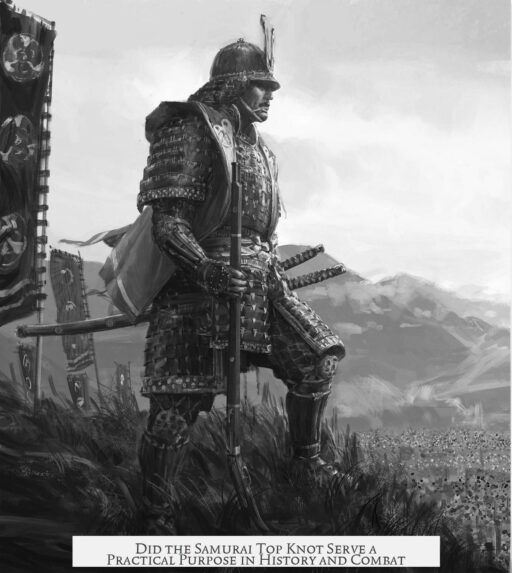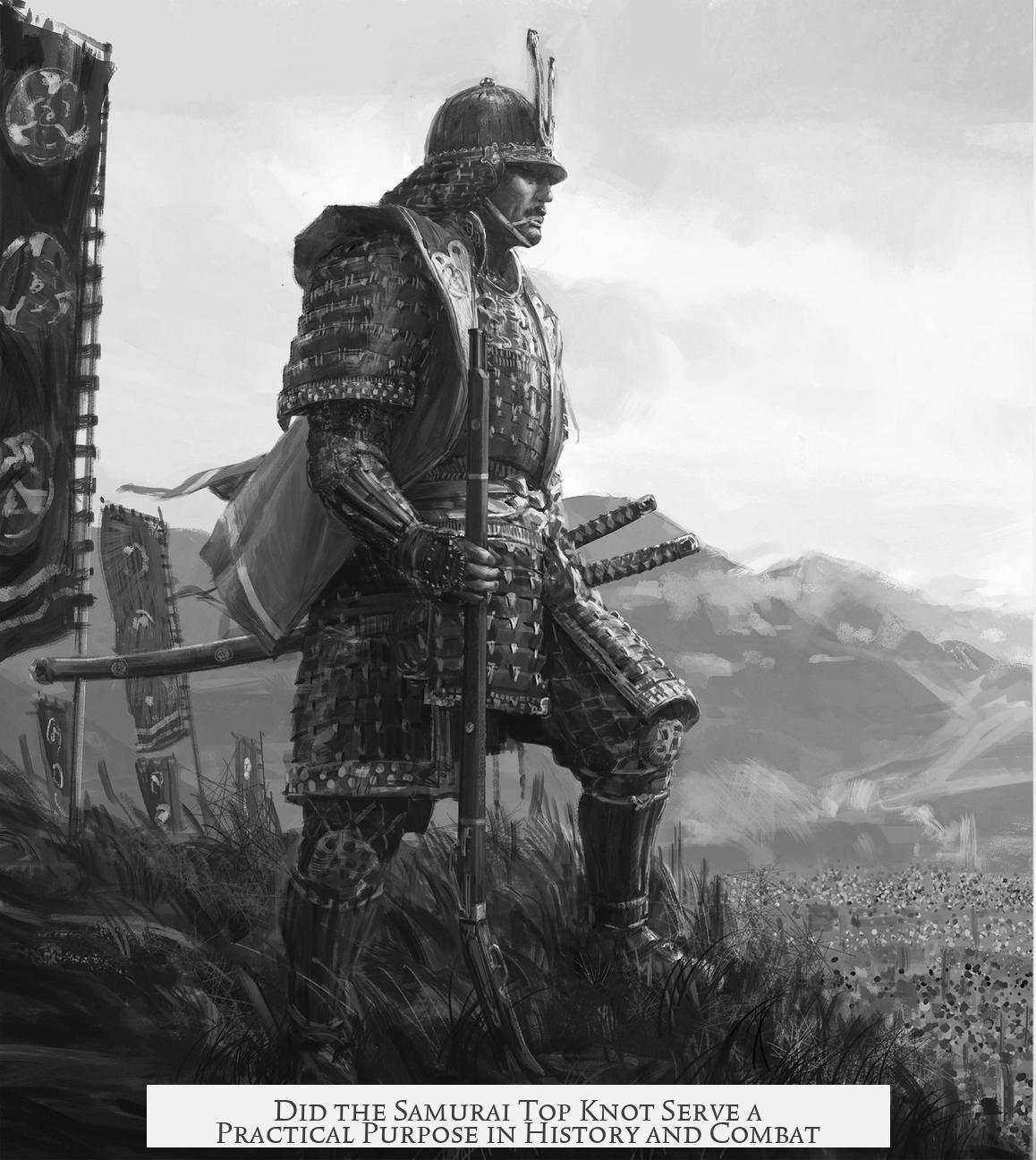The samurai top knot, known as the mage, had a clear practical purpose beyond its cultural and symbolic significance. It primarily served to stabilize and secure the warrior’s helmet, offering padding and impact absorption during battle. The hairstyle also accommodated variations due to hair loss, especially among older samurai. Over time, its function expanded to represent social class and identity, particularly during the Edo Period.
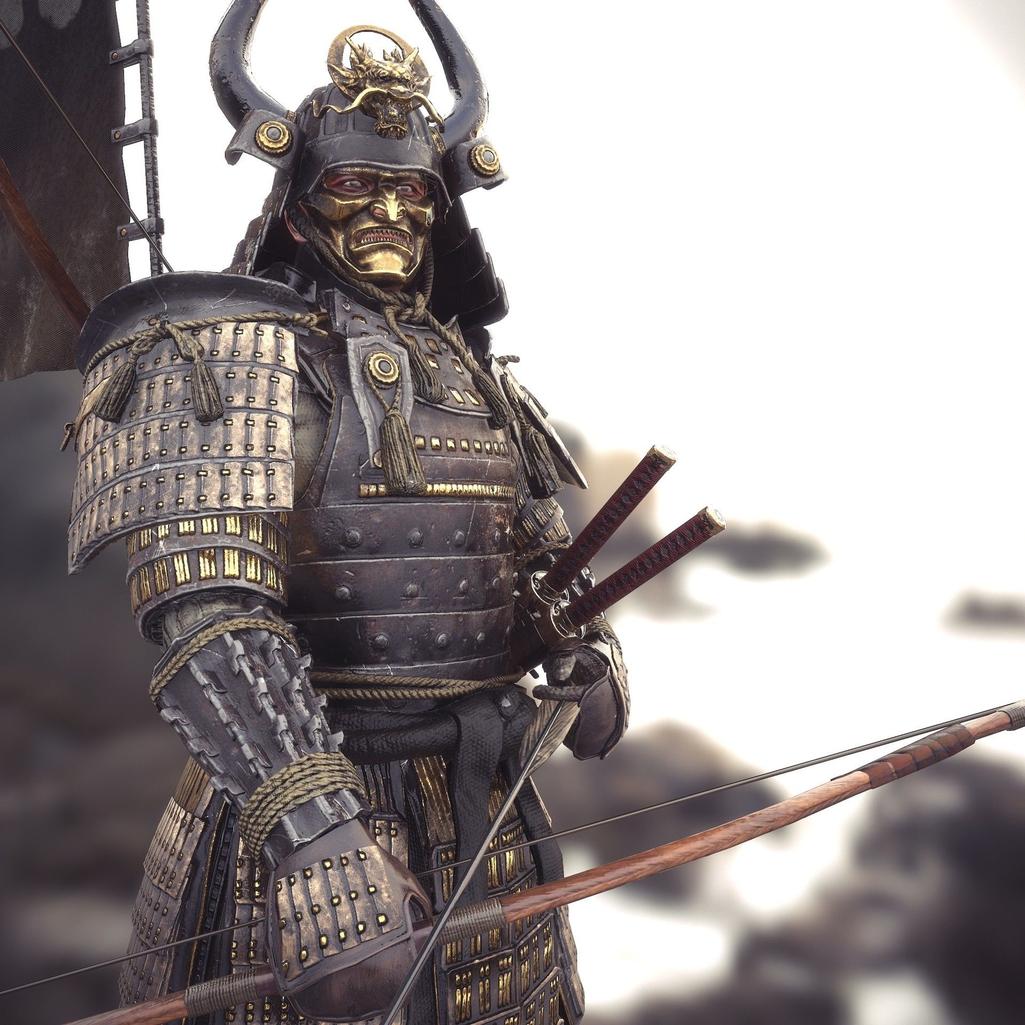
The mage began as a practical solution for helmet wear. Samurai warriors typically kept long hair, but during combat, most of the hair on the front and sides of the head was shaved to allow a better fit for the helmet. The remaining hair was tied into a top knot or bun. This knot, called a chonmage when combined with shaving, positioned mostly on the crown of the head, helped keep the helmet stable and in place during movement.
The shaved sides prevented interference between helmet and hair, ensuring a snug fit. The top knot itself was often dense enough to act as an anchor point. It allowed helmets to rest partly on the bun rather than just the scalp. This design helped prevent the helmet from shifting or tilting, which was crucial during battle. The close contact of the helmet to the shaved scalp and knot improved overall helmet stability.
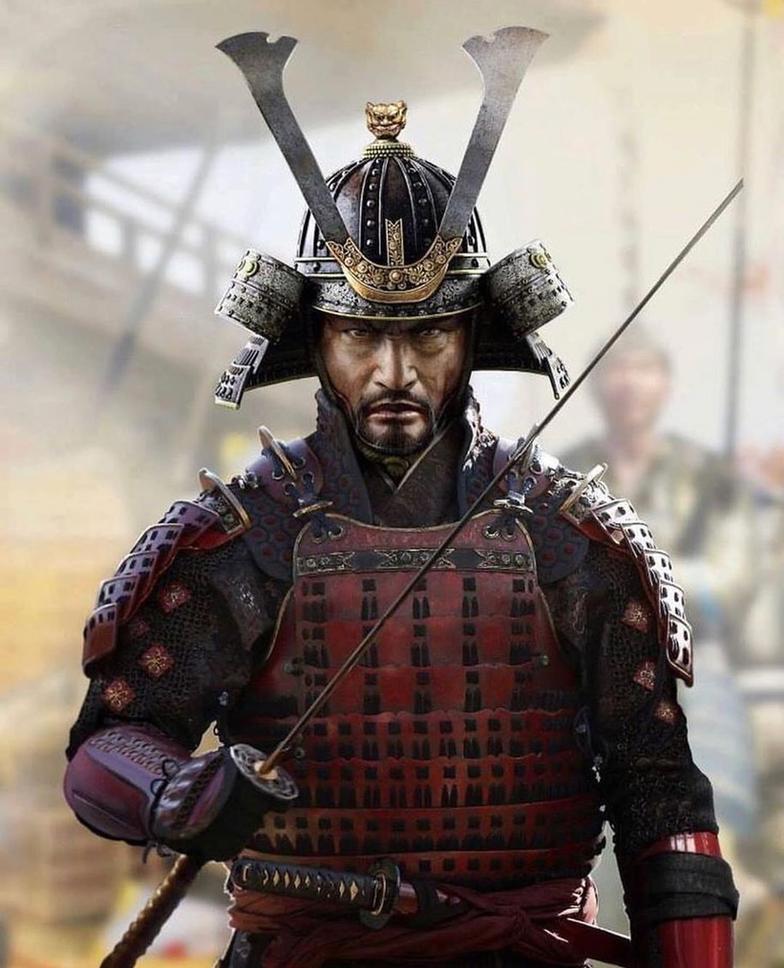
Another practical aspect included the role of the mage in impact absorption. Helmets of samurai were padded and shaped carefully around the hairstyle. Together, the knot and the helmet padding helped absorb shocks from blows to the head. This added a layer of protection beyond the helmet’s rigid construction.
Special accommodations were made for samurai with thinning hair or baldness. Older warriors who experienced hair loss adapted their mage style or helmet padding to maintain comfort and protection. This shows practical considerations were made in keeping the helmet effective for all samurai, regardless of hair condition.
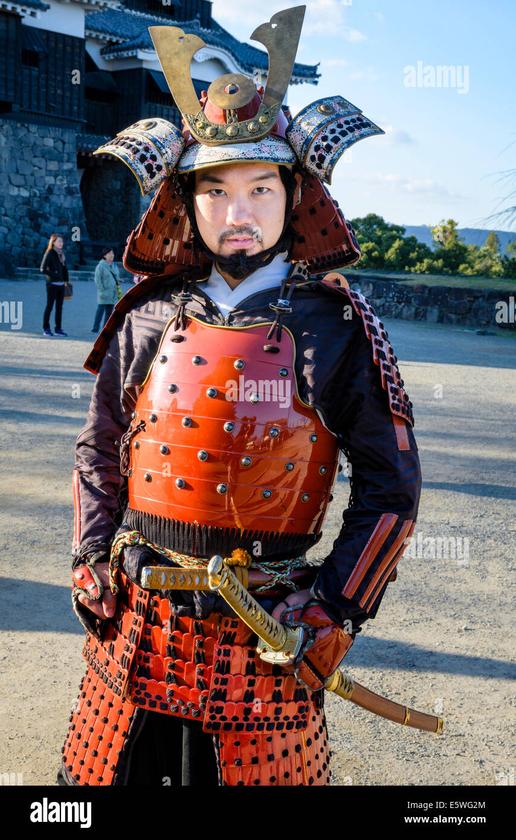
Aside from these practical elements, the chonmage hairstyle carried strong social and symbolic weight. By the Edo Period (1603–1868), Japanese society was stratified into fixed classes. Only samurai—Japan’s warrior class—were legally allowed to wear the mage. The hairstyle became a marker of social status and privilege, much like the right to carry swords. Wearing the top knot signaled one’s place in the rigid social order and distinguished warriors from commoners and other classes.
The mage also embodied cultural values related to honor and proper conduct, influencing manners and customs. The style went beyond battlefield utility to become a crucial component of samurai identity.
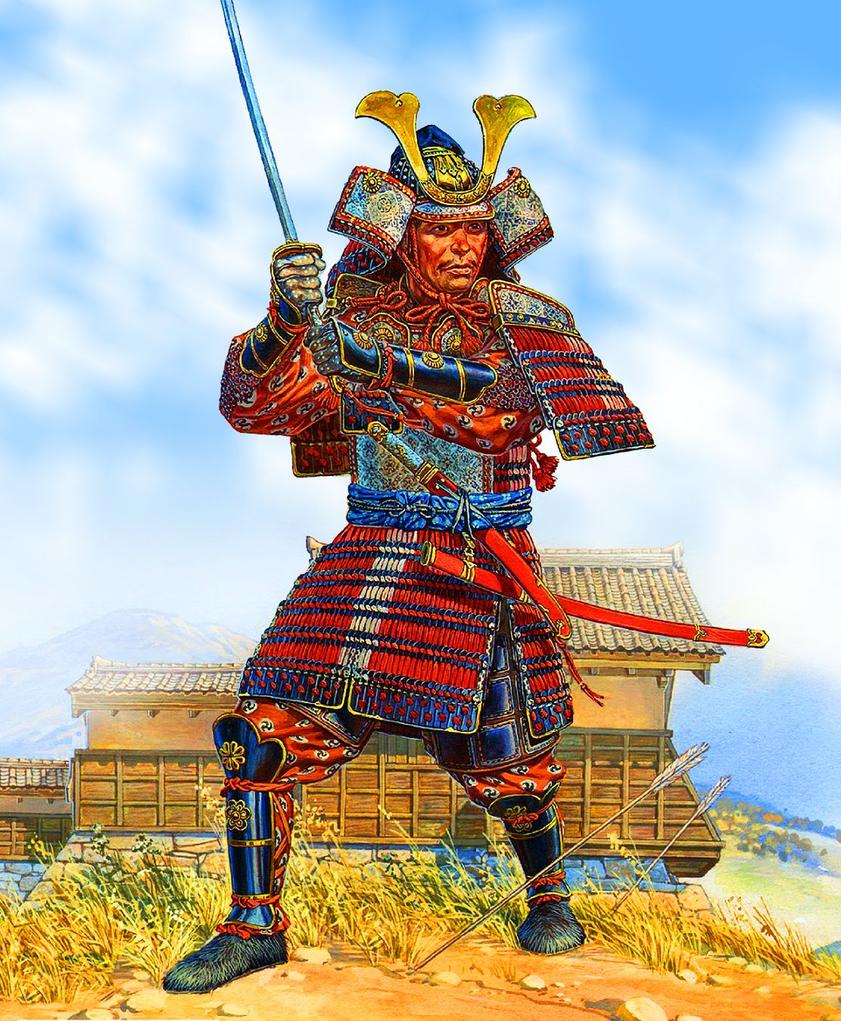
This traditional practice changed markedly during the Meiji Period (starting 1868), when Japan embarked on rapid modernization and Westernization. The new government ordered soldiers and officials to cut their hair short in the Western style. This policy aimed to align Japan with Western nations and reject old customs viewed as outdated. The long hair and top knot were seen as signs of a feudal past and were discouraged to foster a modern national image. This transformation ended the practical and symbolic roles of the mage in official capacities.
It is important to note there were various types of mage across Japanese history. The samurai’s chonmage differs from the top knots seen today in sumo wrestling, like the ichoumage, which is shaped like a ginkgo leaf. These variations reflect evolving cultural practices and contexts, but the helmet-stabilizing function of the samurai style remains the most clearly documented practical purpose.
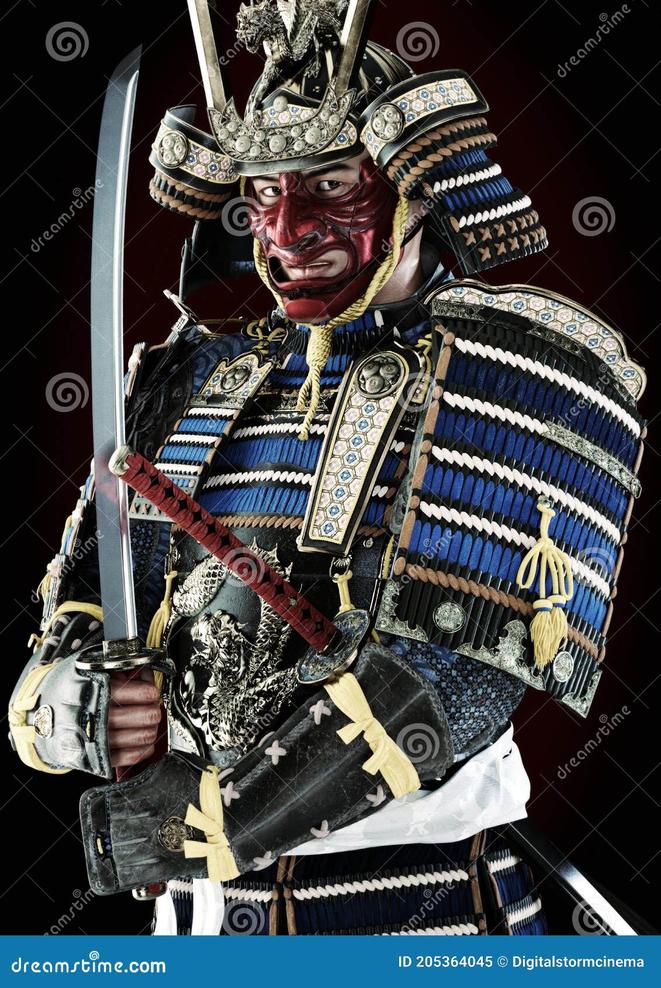
| Aspect | Details |
|---|---|
| Helmet Stabilization | Top knot anchors helmet, preventing shifting during battle. |
| Padded Protection | Hairstyle complements helmet padding to absorb impacts. |
| Hair Styling | Front and sides shaved; hair gathered at crown for armor fit. |
| Adaptation for Hair Loss | Helmet padding and mage adjusted for older samurai. |
| Social Symbolism | Exclusive to samurai class; represented status during Edo Period. |
| Modernization | Ended by Meiji government’s Western haircut mandate. |
In summary, the samurai top knot served multiple purposes. It was a functional solution for improving helmet fit and protection. It also became a key social marker distinguishing the warrior class. The style’s continued importance beyond its battlefield role highlights how practical and cultural needs intertwined in samurai society.
- The mage provides helmet stability by anchoring it on the wearer’s crown.
- It works with helmet padding to absorb blows during combat.
- The hairstyle includes shaving the front and sides for better helmet fit.
- Adjustments were made for hair loss among older samurai for comfort and protection.
- During the Edo Period, it symbolized samurai status and was legally restricted.
- Meiji-era reforms eliminated the mage as Japan modernized and embraced Western styles.
- Different mage types exist, such as sumo wrestlers’ styles, distinct from samurai ones.
Did the Samurai Top Knot Have a Practical Purpose?
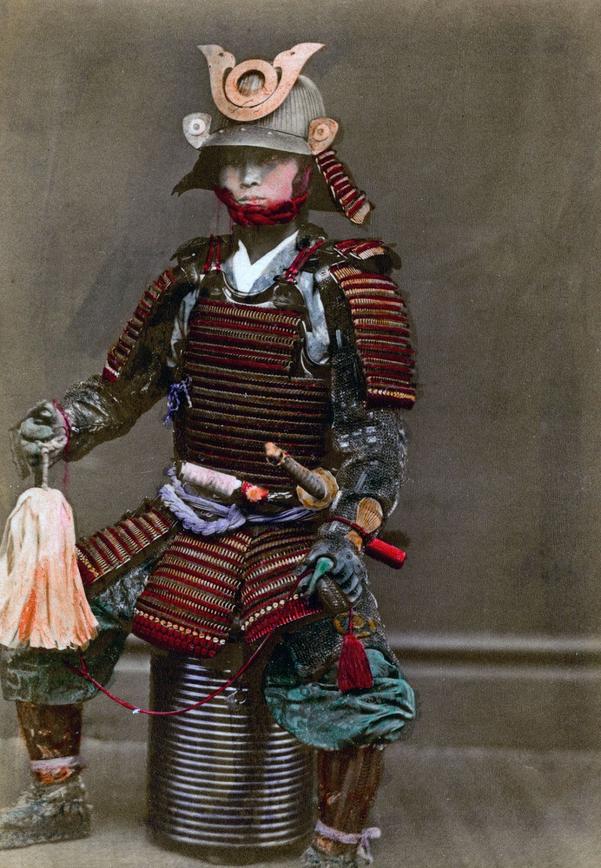
Yes, the Samurai top knot, or chonmage, had a very practical purpose beyond being a stylish hairdo. It was designed primarily to stabilize helmets and aid in the proper fit of the samurai armor. But that’s just the tip of the hair bun.
The chonmage was a warrior’s multitool disguised as a hairstyle, not just a cultural flair. Although long hair was normal in Japan, samurai shaved the front part of their heads and tied the rest up into this top knot. This wasn’t vanity; it was functional. How exactly did it work? Let’s unravel this.
The Helmet’s Best Friend: Stabilization and Fit
Imagine donning an iron helmet in the thick of battle. Without a way to keep that helmet snug, it’s just clanking metal bouncing around. The mage acted like an anchor for the helmet. The knots—dense and snug at the very top of the head—provided a stable base. This meant less wobble during sword fights and horseback charges.
The shaved sides helped here too. The armorers and quartermasters could standardize helmet sizes because the hair was regularly shaved. If everyone looked like an unruly rock band member, fitting helmets would be a nightmare.
So, the chonmage was carefully designed to be flush against the mostly bald scalp, with only a small, dense bun at the top. This bun sat safely inside the helmet, helping it stay put, absorbing some of the shocks from blows and impacts.
Padding and Impact Absorption: More Than Meets the Eye
Helmets didn’t just rest on bones and flesh. They had padding too, shaped around the chonmage. Between the hair bun and the padding, the samurai’s head had an extra buffer against the blunt forces of battle. Think of it as early shock absorption tech, centuries ahead of its time.
This padding adjusted depending on the wearer. For older samurai, who dealt with hair thinning or male pattern baldness, armor makers would tweak helmet padding and fashion buns from whatever hair was left. It was a clever solution to a not-so-glamorous problem.
More Than Practical: The Social Crown
The practical side isn’t the full story. The chonmage became a potent symbol of class and privilege, especially during the Edo Period. Wearing that hair knot was a badge of honor, identifying the samurai as part of the warrior class.
In a time when class boundaries were rigid, the top knot was almost like a VIP pass. Only samurai could flaunt it—just like only samurai could carry swords. It was less about combat and more about status, manners, and social customs than battlefield necessity.
A Stylish Discontinue: The Meiji Period Cut
Fast forward to the Meiji Period and the winds of modernization blew strong. The government demanded short, Western-style haircuts from all soldiers and officials. Long hair was out; acceptance into the global “club” of world powers was in.
This wasn’t just a haircut order. It was a massive cultural shift. Long hair had deep spiritual and social meanings in many East Asian societies, but foreign observers found it odd or even backward. The samurai top knot disappeared, swept away by Japan’s rush to modernize and fit in on the world stage.
Types of Mage: More Than Samurai Kinks
The samurai top knot isn’t the same hairstyle sumo wrestlers wear today. The famous sumo mage, called the ichoumage for its ginkgo leaf shape, looks completely different. The samurai chonmage was all about shaved sides and a dense central knot, whereas sumo hair is styled full and decorative.
Throughout history, many mage styles existed, each suited for different classes, professions, or rituals. This diversity shows that the top knot was as much a cultural invention as a practical hairstyle.
Lessons From the Samurai Top Knot
The chonmage shows us how form can follow function perfectly yet also serve as a cultural symbol. It was a smart design choice: shaving helped secure helmets, the bun stabilized and padded impacts, and in society, it marked a warrior’s rank. Essentially, hair can be armor’s best friend.
If you ever thought the samurai top knot was just fancy hair, think again. It was a refined tool, a helmet stabilizer, a safety feature, and a social signpost all rolled into one.
Wondering about modern parallels? Think about today’s sports helmets, custom-fitted for maximum safety and comfort. The samurai were innovators of headgear integration centuries ago.
Practical Tips Inspired by the Chonmage
- If you ever wear helmets—motorbiking, biking, or hockey—consider how your hair might affect fit and comfort.
- Long hair under a helmet might cause slippage, so tying it up or shaving some parts might help keep that helmet steady and reduce shifting.
- For athletes, padding ideas inspired by the samurai can improve helmet comfort and impact absorption.
- And if you’re curious about cultural traditions, exploring hairstyles tells a fascinating story about society and practical needs intertwined.
In conclusion, the samurai top knot is a perfect example of a design solution crossing the line between function and identity, blending utility with tradition. It reminds us to never underestimate the power of a smart hairstyle.
